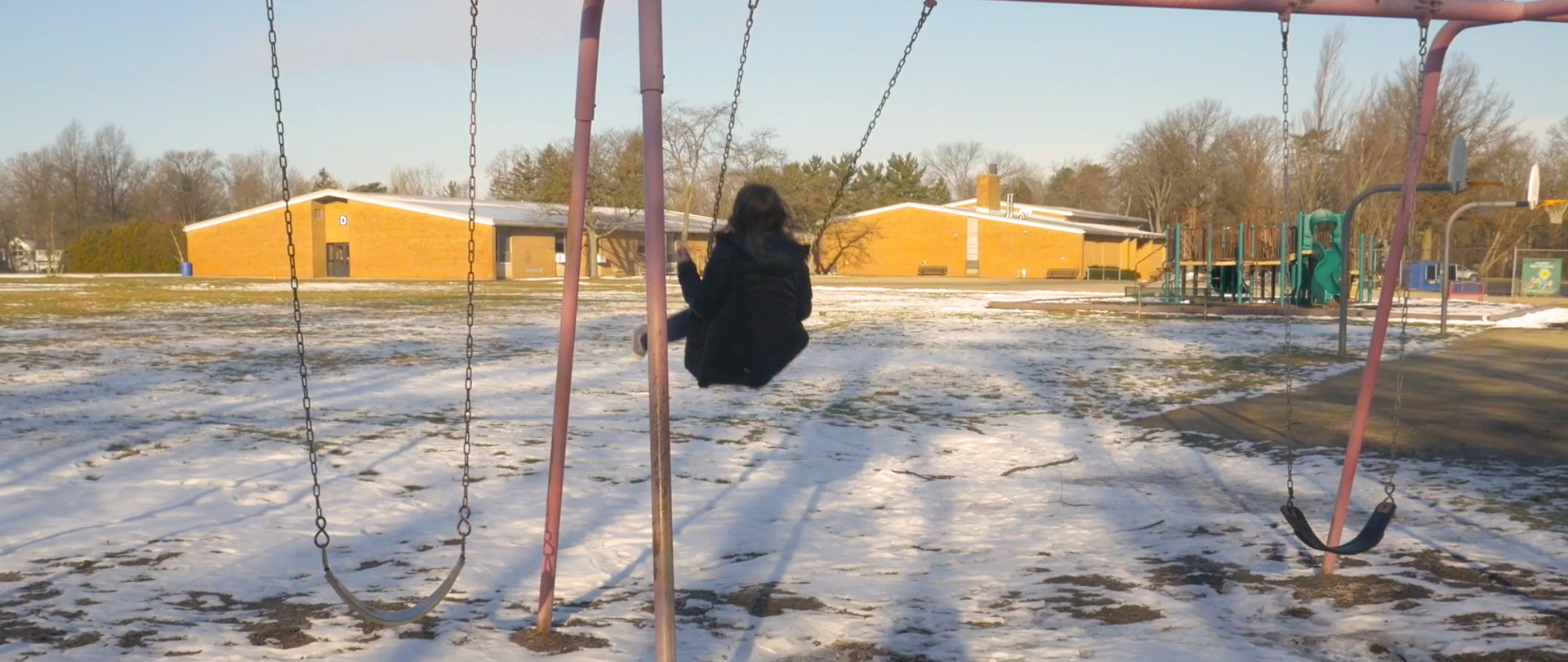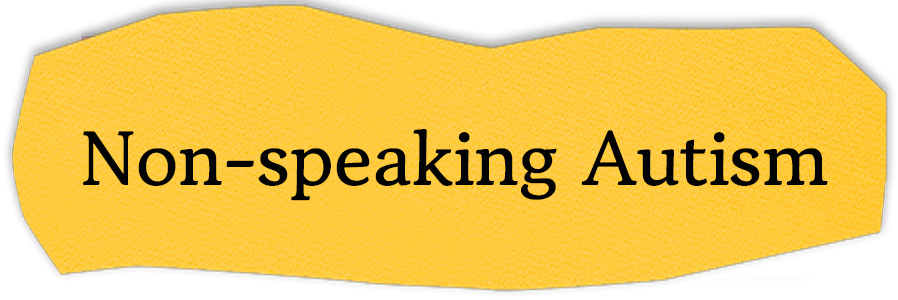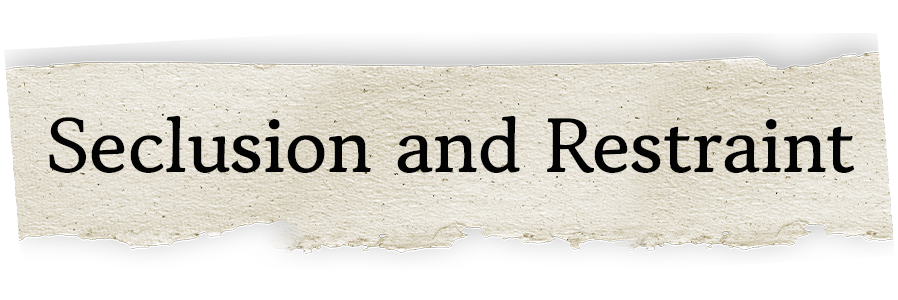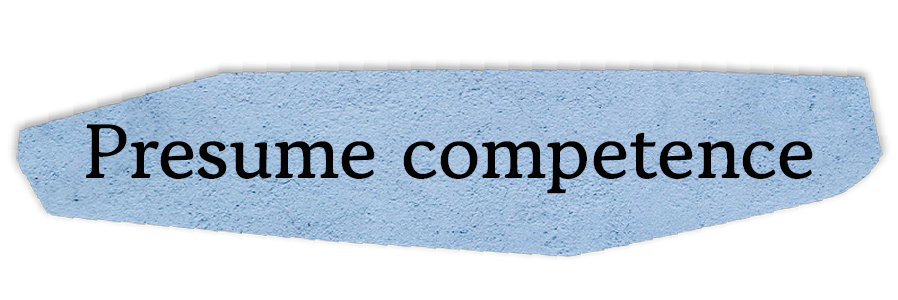
AAC and Autism resources
Learning packages for educators
- A Toolkit for Educators of Students Who Cannot Rely on Speech to be Understood
Primarily authored by nonspeaking autistic AAC users Cole Sorensen (B.S., Special Education) and Jordyn Zimmerman (M.Ed. pending) for CommunicationFirst
- School to Prison Pipeline
How students with disabilities are disproportionately a victim of the school-to-prison pipeline. Authored by Noor Pervez of the Autistic Self Advocacy Network (ASAN)
Autism

Autism is a developmental disability that affects how autistic people experience the world around them. There are many ways to be autistic, but there are a few things that autistic people may have in common. Autistic people think, process senses, move, communicate, and socialize differently. Some autistic people might need help with daily living. While some autistic people may relate to these things, there is no one way to be autistic.
AAC

AAC is short for Augmentative and Alternative Communication. It is a term used to describe various tools and strategies that help people who have difficulty speaking using their voice. AAC includes devices, paper-based books, and iPad apps like the one Jordyn uses. People who are non-speaking have many thoughts and ideas to communicate. AAC can help.
Non-speaking Autism

When an autistic person does not speak, that is known as non-speaking autism. You may see it written as nonverbal autism in some places. But, that terminology is not accurate as nonverbal technically means “without words,” which is not true of non-speaking autistic people.
- About ‘nonverbal’ and ‘nonspeaking’
- Language and Communication Differences in Non-Speaking Autistics
- LISTEN: A short film made by and with non-speaking autistic people
Seclusion and Restraint

Restraint and seclusion are crisis management strategies used across the world to control students’ behavior. These harmful tactics were experienced by Jordyn and are experienced by many other non-speaking and autistic students to this day. These strategies are dangerous and should never be used.
Presuming competence

Presuming competence is essential to inclusive education. When we presume competence, we assume that everyone can think and learn. This is often called, the “least dangerous assumption” tied to the most basic pillar of medicine to first do no harm. We cannot know what someone can learn until we have taught them with the same commitment we use to teach everyone else.